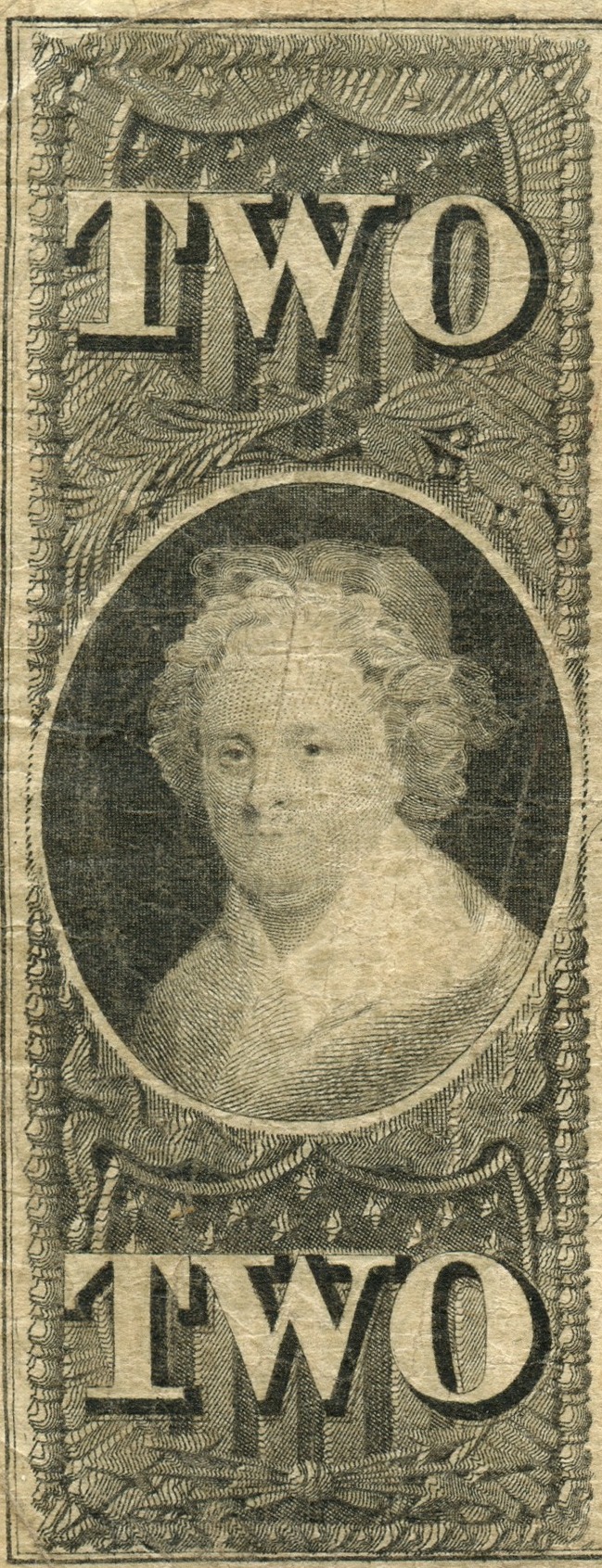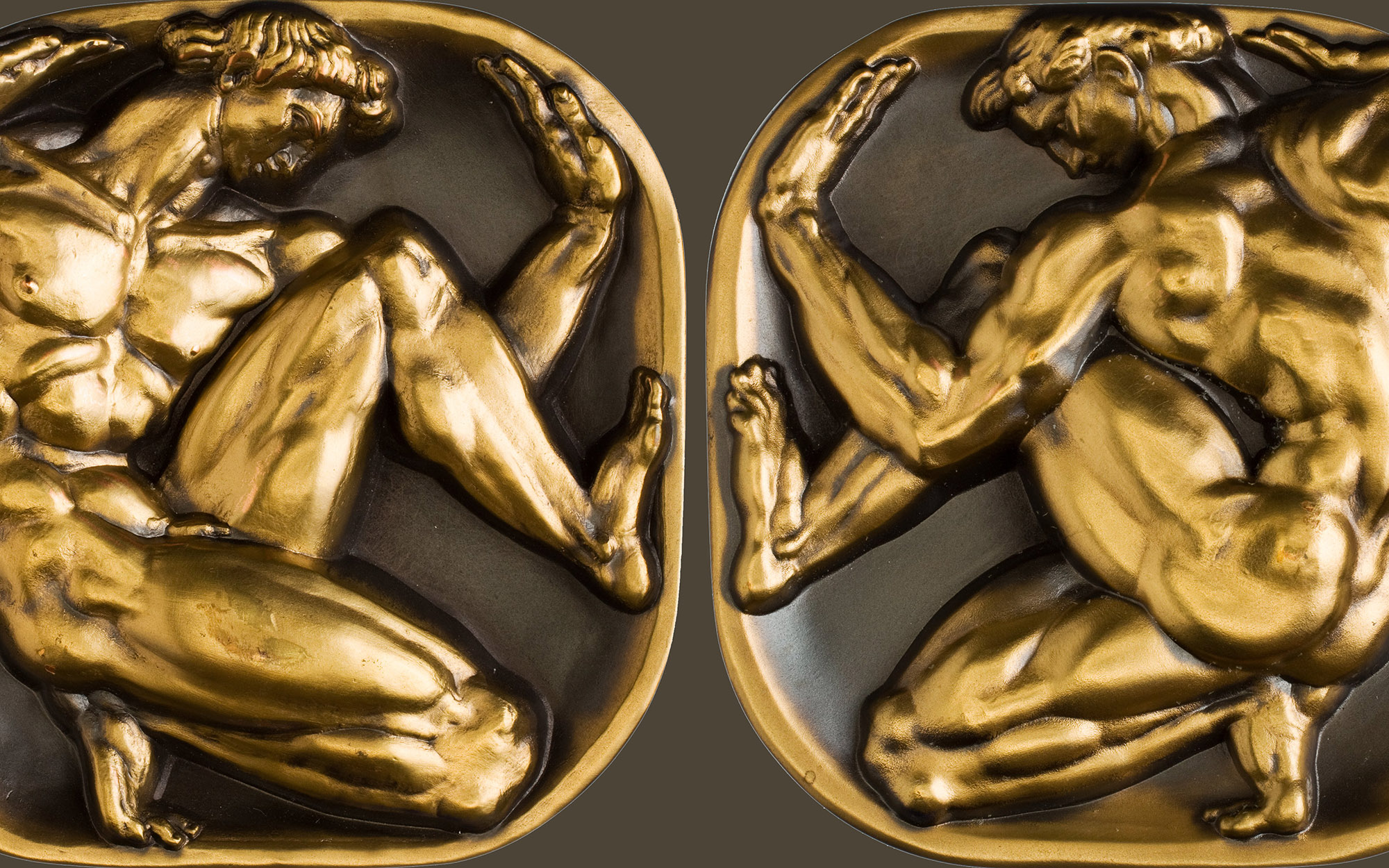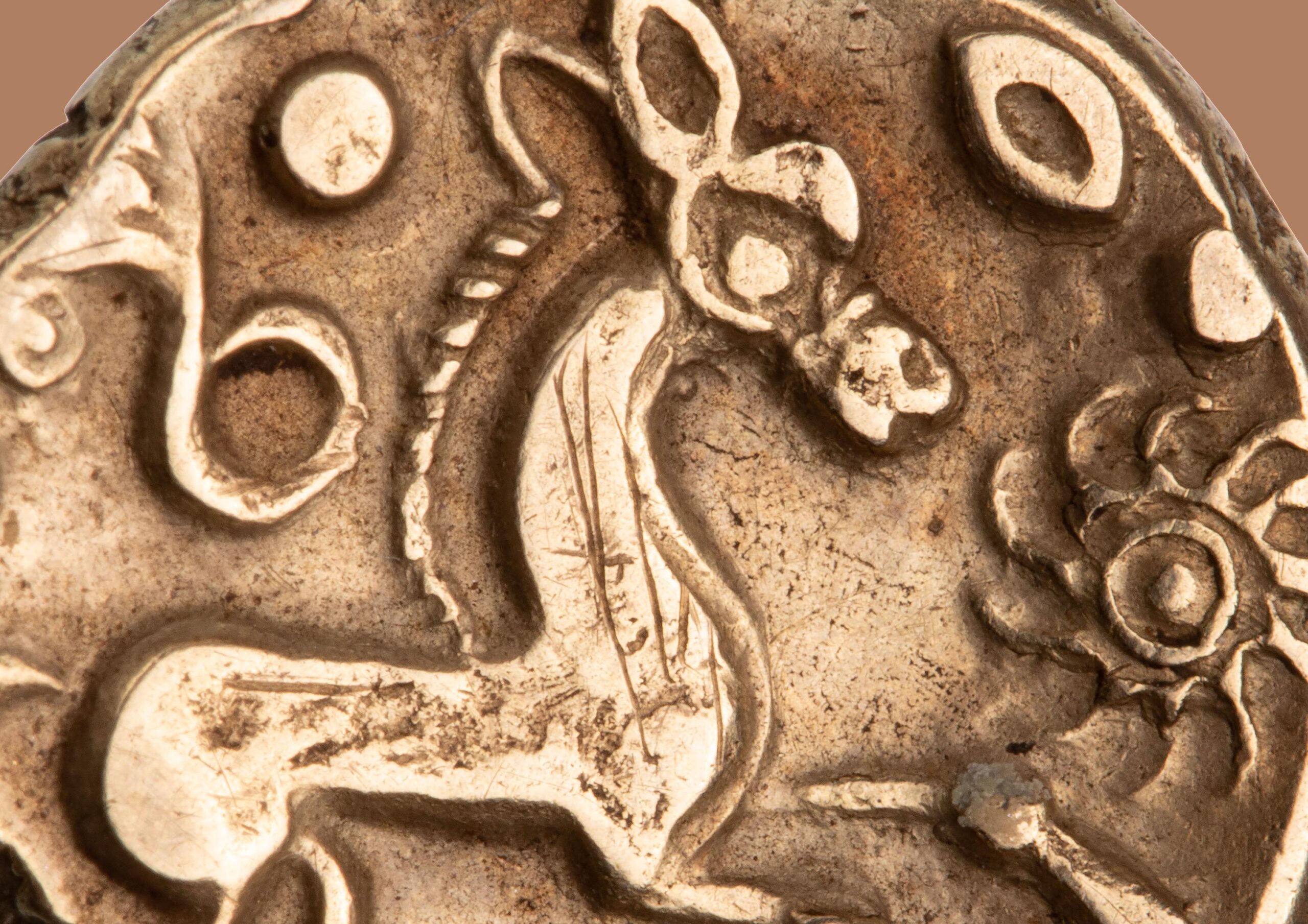Women On Twenties

Last week, I was quoted by the New Yorker in a piece on the campaign to replace Andrew Jackson on the $20 bill with an image of a significant woman from American history. In referring to Jackson as the “low-hanging fruit” of figures on US currency, I was alluding to the fact that his historical reputation has been much more volatile than his moneyed peers–George Washington ($1), Abraham Lincoln ($5), Alexander Hamilton ($10), Ulysses S. Grant ($50), and Benjamin Franklin ($100). Jackson came to power as an advocate of the “common man,” which has traditionally garnered him ire from those of a more conservative persuasion. From a different angle, his putative racism and support for Indian removal have proved problematic for those who would otherwise celebrate his democratic disposition. Fair or not, Jackson does seem like the easiest of the established paper money personalities to mobilize around replacing.

One of the ironies of all of this is that images of women were commonly featured on nineteenth-century bank notes, albeit not usually as individuals, but in the form of allegorical or idealized representations. In the obsolete bank note era, my guess is that Martha Washington (left) was the most prominently and frequently pictured individual woman (she also made a brief appearance on federal silver certificates in the 1890s). I know there were notes circulating that featured the Swedish singer-cum-celebrity Jenny Lind, but no other identifiable women spring immediately to mind as being regularly pictured (perhaps readers have suggestions). Whatever the case, the introduction of federal paper money initially continued the allegorical tradition, and the first twenty-dollar bill issued in 1863 featured a representation of Liberty holding a sword and shield at the center of its obverse. A bust of Alexander Hamilton saw Liberty pushed over to the right side of the bill a few years later:

Grover Cleveland subsequently graced the $20 Federal Reserve Note introduced in 1914, and the change to Andrew Jackson finally occurred in 1929 when the small-size Federal Reserve Note we are familiar with today was put into circulation. Given that we are coming up on nine decades without a significant redesign, it might be time for a change and the WomenOn20s campaign certainly seems to be getting traction.
Whether or not this effort is successful, the big question is of course who should replace Jackson. WomenOn20s is presently having a vote on their website on a list of potential replacements. I was disappointed to see that Jane Addams, the noted social reformer and the first American woman to receive the Nobel Prize, somehow did not make the cut. Luckily, our capable assistant photographer Emma Pratte, was able to whip up a specimen note of my preferred candidate.

I am sure everyone has ideas about this, but it seems to me that one problem beyond the obvious lack of women on US currency is the narrow focus on political figures as the only kind worthy of inclusion.
Australia, for one, not only equitably has a man and a woman on each of their circulating paper issues, they also draw from a broader range of historical personages, which includes poets and authors like Mary Gilmore and Banjo Paterson and soprano Dame Nellie Melba .
All of this got us wondering about potential candidates beyond the world of American politics, and going off a list of women that have already appeared on USPS stamps we came up with the following seven ‘cultural’ candidates:




